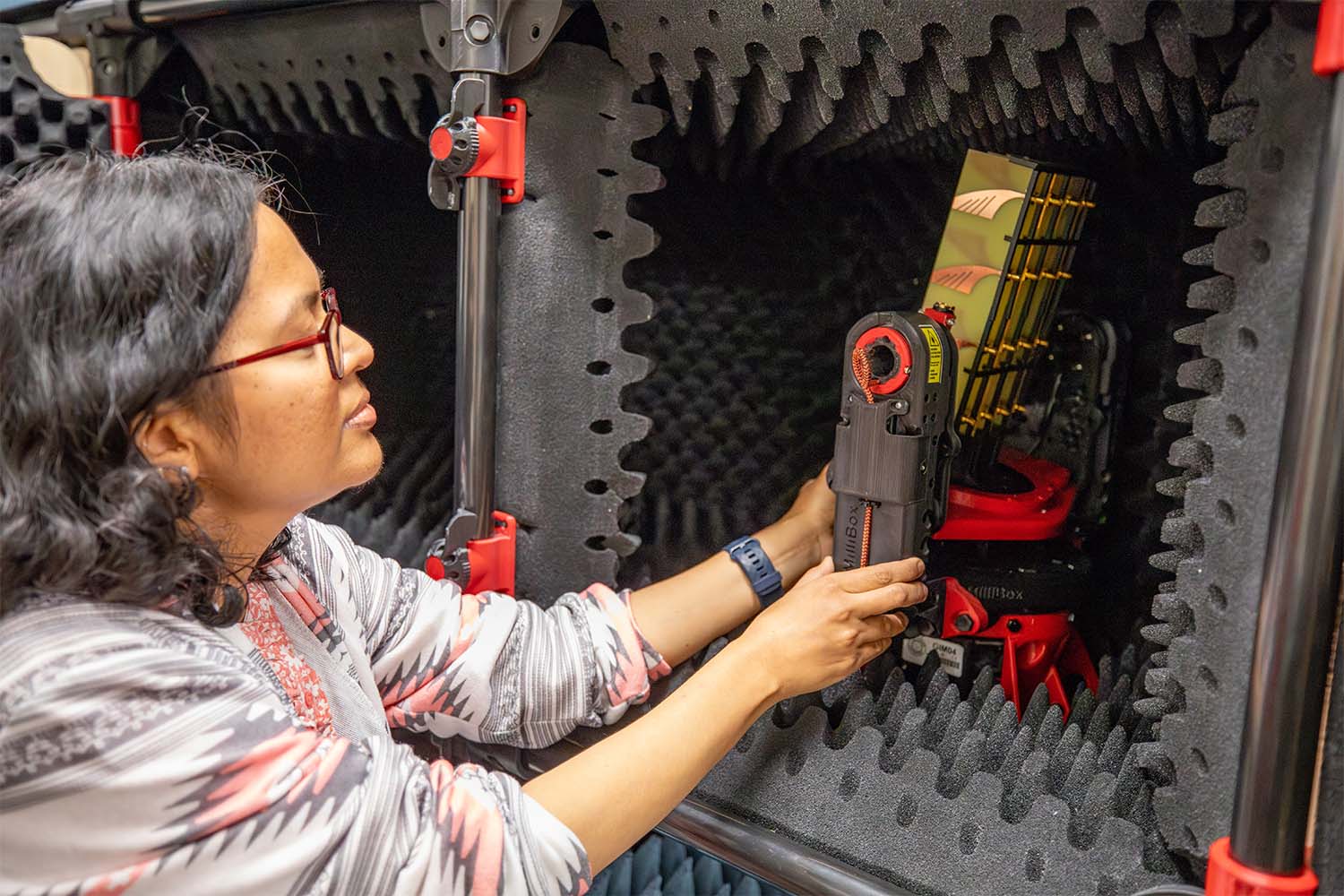DARPA: Wireless Drone Charging Technology

The Defense Advanced Research Projects Agency (DARPA) awarded Dr. Ifana Mahbub, assistant professor of electrical and computer engineering at The University of Texas at Dallas, with the Director’s Fellowship for continuing research in the field of in-flight drone (unmanned aerial vehicles, or UAVs) wireless charging. The goal is to enable wireless power transfer so that drones would not have to abandon missions for recharging needs or battery swaps.
In 2021, Dr. Ifana Mahbub also received the Young Faculty Award from DARPA with US$500,000 for the project, in addition to $250,000 for continuing the development of the power-beaming technology.
Such charging is enabled through a coil that creates an electromagnetic field, while the receiving end captures those electromagnetic waves, creating a current that charges the battery. However, the challenging part is the loss of power of the electromagnetic beams over large distances. Hence, the electromagnetic beam is sent along a direct path using phased-array antennas. For example, military drones can fly as high as 50,000 ft (15,240 meters).
“The signal can go in undesired directions,” Dr. Mahbub says. “Our goal is to engineer the waveform so that we can minimize the path loss.“
“We can track the unmanned aerial vehicle and steer the beam to ensure we are constantly powering the dynamic vehicles,” Mahbub said. “That way, a drone going for a mission doesn’t have to return to a bay station for recharging or a battery change.” Moreover, this technology may possibly have various additional applications, even for potential wireless charging of medical implants in people.

 Tech Steel & Materials
Tech Steel & Materials
Comments are closed